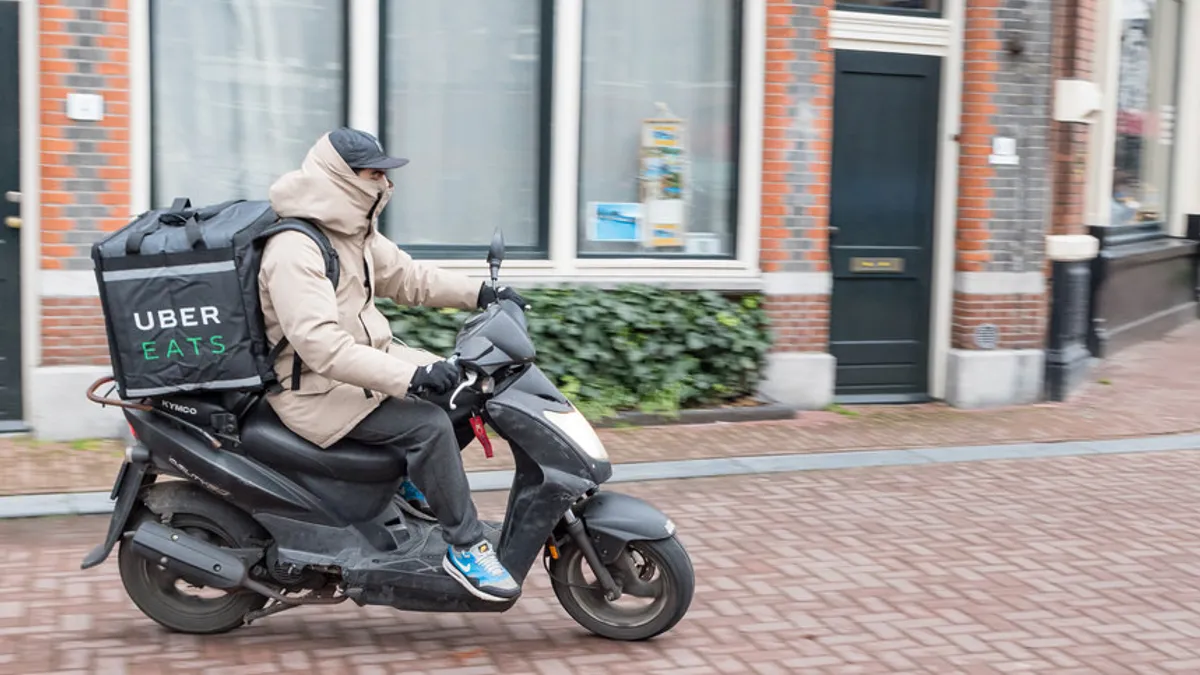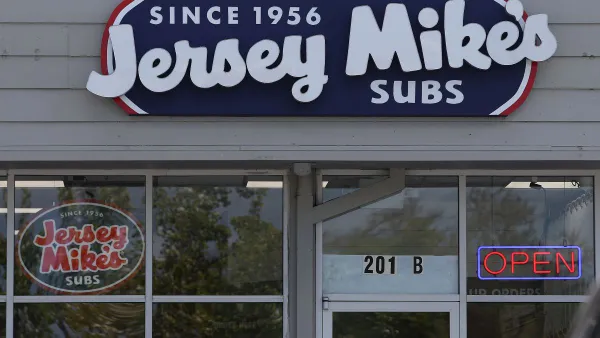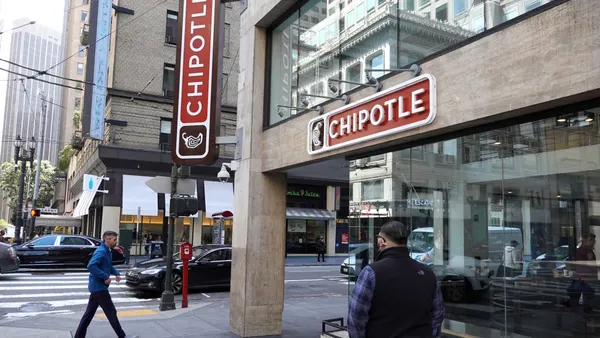Dive Brief:
-
Uber Eats has launched a business arm that integrates with its existing Uber for Business platform, where companies can manage rides — and now food delivery — for employees and clients, the company announced Thursday. Eats for Business lets employees pay for delivery on their company’s credit card, eliminating the need for cumbersome expense reporting.
-
Employers can control when and where employees can order food — to the office or a hotel, for instance — through geofence technology and can cap available funds per meal. If an after-hours dinner exceeds the spend allowance, the employee placing the order can add a second credit card. The system creates one centralized bill and provides administrators detailed stats on employee spending habits.
-
More than 50,000 businesses use Uber’s corporate platform, launched in 2014 as a free app that now charges a 10% fee. The rideshare leader says Uber already processes hundreds of thousands of Uber Eats receipts every year.
Dive Insight:
The administrative benefits in this new corporate platform sound great for businesses, but restaurants delivering through Uber Eats might be in for a surprise. Uber did not respond to a request for details on what conversation, if any, it had with its partner restaurants leading up to the Eats for Business launch. How restaurants are expected to deal with a potential onslaught of large lunch and dinner orders remains unclear.
This new corporate ordering platform comes as competition in third-party delivery reaches an all-time high. Last year, Uber reported that it was working with about 50,000 participating restaurants across about 70 cities globally, 60% of which are in the U.S. Grubhub, on the other hand, works with about the same number in the U.S. alone, with its only international market in London. Postmates and DoorDash also vie for consumer and restaurant loyalty on the U.S. front, making it imperative for companies to launch innovations that differentiate them from rivals.
Though it doesn't boast the market penetration of Grubhub, Uber Eats has racked up some wins — McDonald's, for example, partnered with Uber Eats for delivery last year. But the more-established delivery guru has plenty of victories of its own, forging a partnership with Yum Brands in May. The restaurant conglomerate also bought 3% of Grubhub's stock.
The promotional video for Uber Eats, predictably, highlights restaurant owners, chefs and managers extolling higher sales, new customers and no-fuss logistics. But the real picture for restaurants using Uber Eats or any third-party delivery partner comes at a cost, both in revenue and reputation. The loss of lucrative in-store sales of indulgences like dessert and alcohol, on top of service fees reportedly as high as 30%, can hurt a restaurant’s already precarious bottom line. This delivery scheme also eliminates the restaurant-customer relationship, and could erode loyalty.
Uber has found a niche in the corporate world, though, and the addition of food delivery could take that lead up another notch. At Certify, an accounting software company, rideshare reimbursements have risen across the board but Uber now commands more than half of its clients’ ground transportation. Uber for Business has no doubt simplified the fact that a huge swath of people, especially those with expense accounts, choose Uber to travel. Now Uber has made it easier for them to choose Uber Eats for lunch, too.












